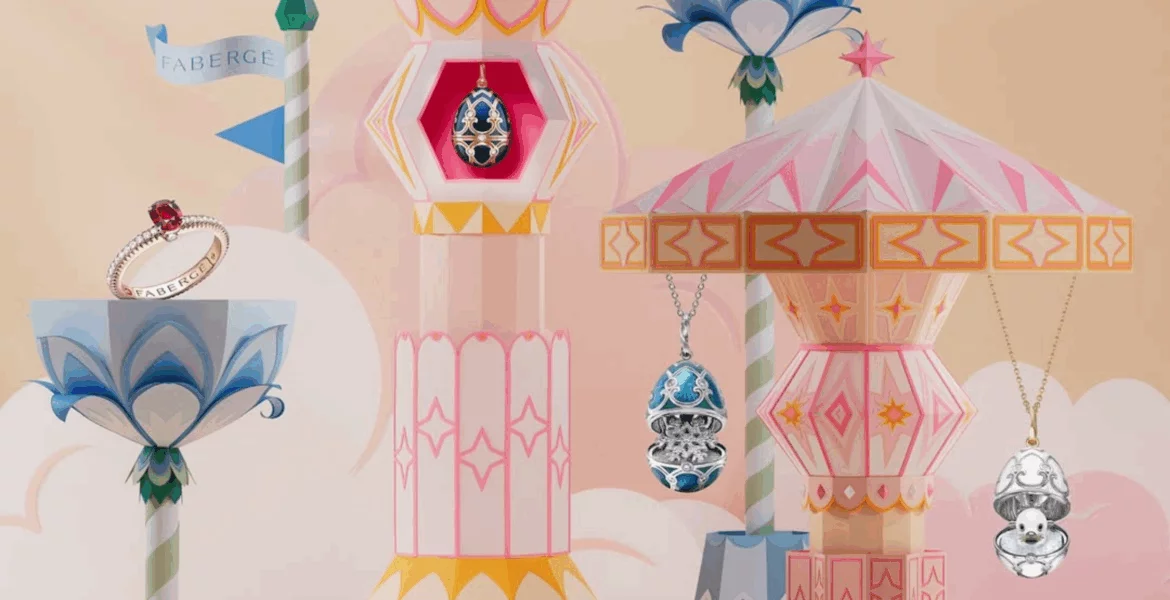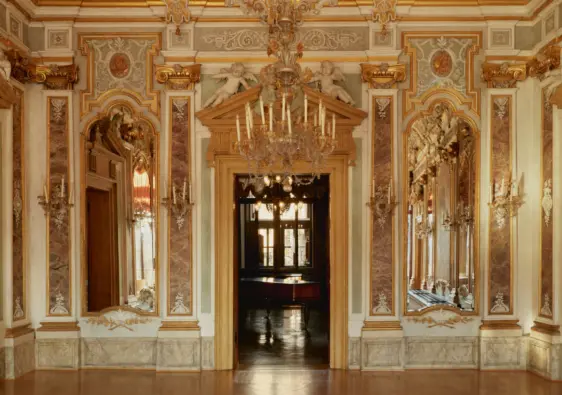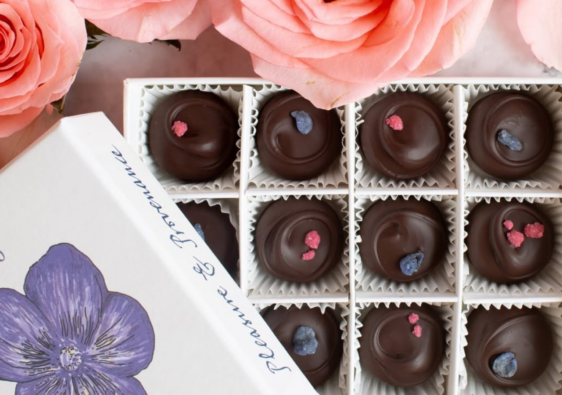All products are independently selected by our editors. If you buy something, we may earn an affiliate commission.
For many, the name Fabergé conjures images of dazzling Imperial eggs and an era steeped in opulence. But the real story is far richer, one of artistry, innovation, and resilience. Let’s take a journey through the fascinating history of a name that continues to shine in the world of luxury.
Origins and Early Roots
The Fabergé story starts in 1685 in the Picardy region of northern France. The family, then known as Favri, were Huguenots who, faced with religious persecution after the revocation of the Edict of Nantes, were forced to flee. Their journey took them through Europe, eventually leading them to Livonia (modern-day Estonia), where, by 1800, an artisan named Pierre Favry, soon to become Fabergé, settled in the town of Pärnu.
Establishing in Russia
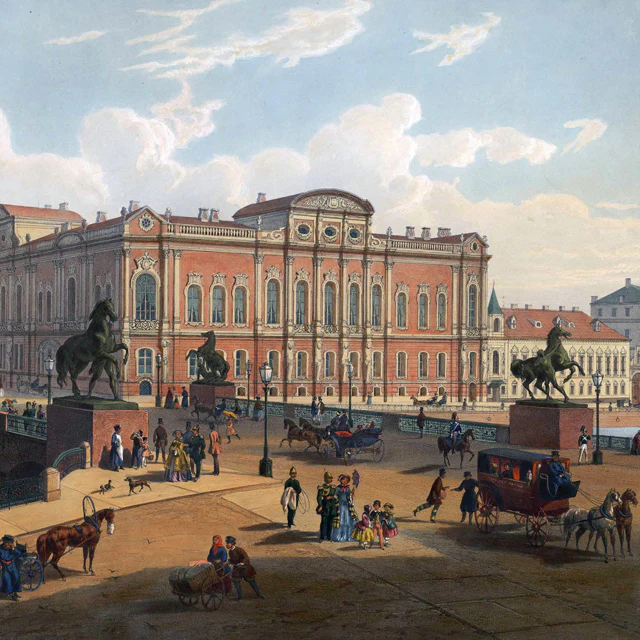
Fast forward to the 1830s, Gustav Fabergé, born in 1814, made his way to St Petersburg. There, he honed his craft under renowned goldsmiths like Andreas Spiegel and the firm Keibel. By 1842, Gustav had opened a modest jewellery shop on Bolshaya Morskaya Street, laying the foundations of what would become the House of Fabergé. His son, Peter Carl Fabergé, born in 1846, would later take this small enterprise to extraordinary heights.
A Visionary Rebirth
In 1882, following the death of Gustav’s trusted workmaster, Peter Carl Fabergé took over the family business. Joined by his brother Agathon, he transformed its style and approach. Moving away from diamond-heavy trends, they embraced vivid enamels and intricate designs. Together, they created the now-legendary objets de luxe, including the exquisite Imperial Easter Eggs commissioned by the Russian Tsars — each one a miniature masterpiece. These creations now sit in some of the most prestigious museums and private collections across the globe.
Imperial Recognition and Worldwide Fame
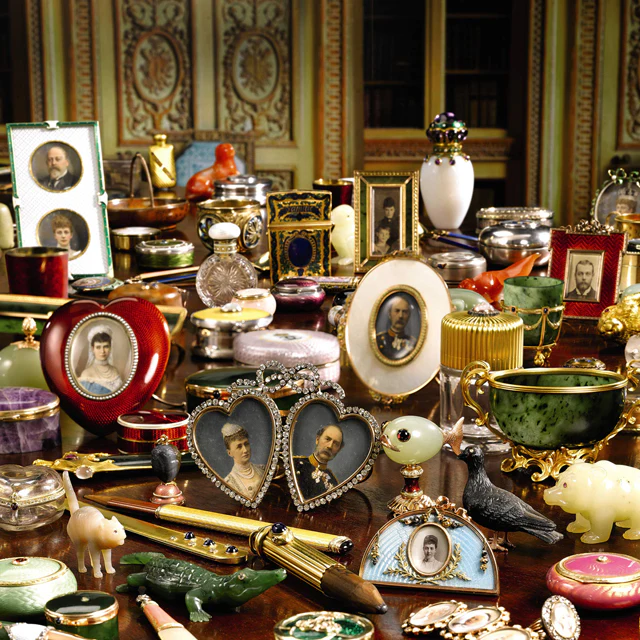
By 1885, Fabergé had secured the ultimate royal nod, appointed “Goldsmith by special appointment to the Imperial Crown” by Tsar Alexander III. The brand flourished, expanding into Moscow, Odessa, Kiev, and even London. A gold medal at the 1900 Paris Exposition further cemented its global reputation. At its peak, the House of Fabergé employed over 500 master craftsmen, a true testament to its scale and influence.
War, Revolution, and Endurance
The advent of World War I and the Russian Revolution brought with them immense upheaval. Peter Carl and his family were forced to flee, and by 1918, the company was nationalised. Yet, the spirit of Fabergé didn’t fade. In 1924, his sons re-established the name in Paris under Fabergé & Cie, preserving their heritage through restored pieces and new creations alike.
A Name Reclaimed
In 1937, the Fabergé name appeared in the United States—this time on perfume bottles, and without the family’s consent. Despite decades of legal wrangling and brand dilution across various product lines, the name grew in recognition. It wasn’t until 2007 that the Fabergé trademarks were finally reunited with the family’s legacy.
A Modern Resurgence
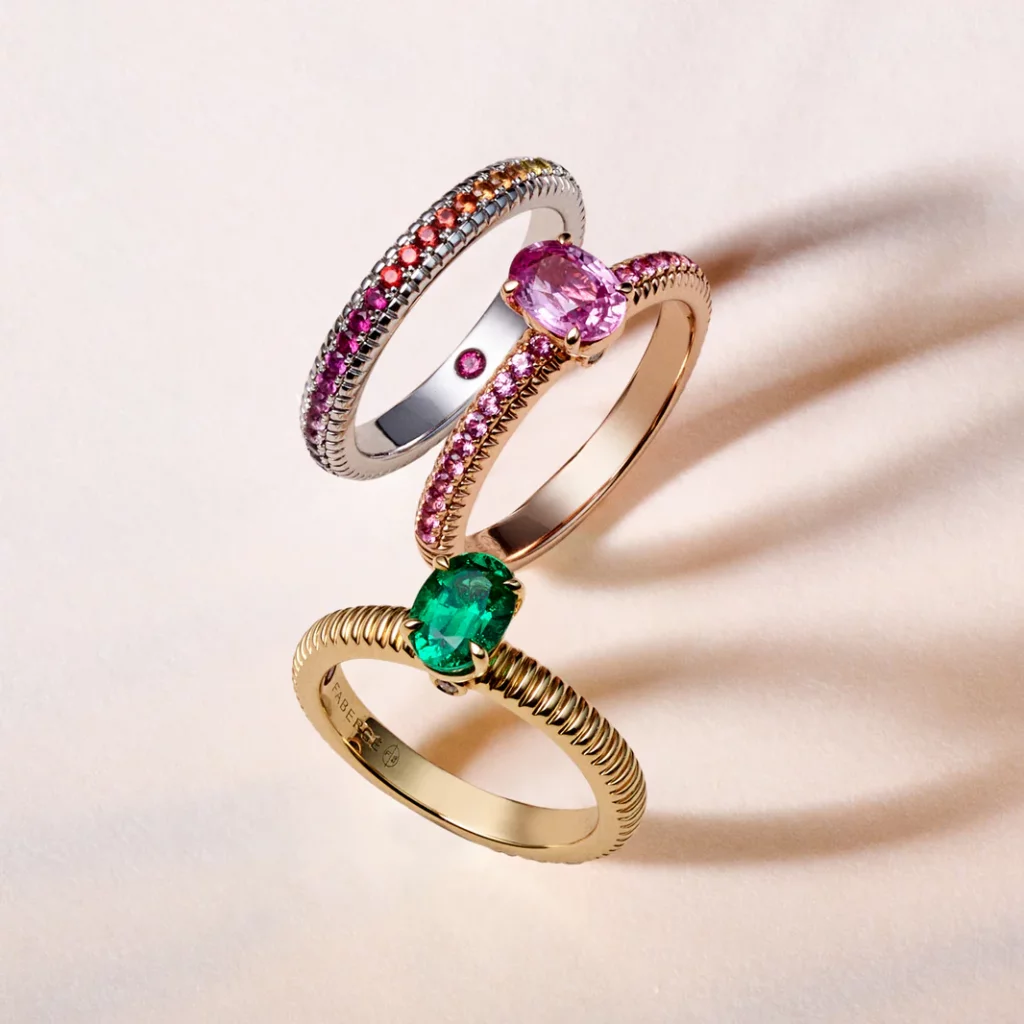
Fabergé made a triumphant return in 2009, launching its high jewellery collection, Les Fabuleuses. This marked a new chapter, with a refined focus on coloured gemstones and intricate craftsmanship. Collections like Colours of Love and Treillage soon followed, celebrated for their contemporary beauty and nod to tradition. Since 2013, under the ownership of Gemfields, Fabergé has championed ethically sourced emeralds and rubies, strengthening its commitment to transparency and excellence.
Fabergé Today
From the famed Imperial Eggs to innovative timepieces and bespoke commissions, Fabergé continues to enchant collectors and connoisseurs. With boutiques in locations such as New York and Dubai, and landmark collaborations such as the Spirit of Ecstasy Egg with Rolls-Royce, the brand remains as relevant and awe-inspiring as ever.
The Fabergé story is far more than a tale of jewellery. It’s one of endurance, reinvention, and artistry at its finest, a legacy that continues to dazzle, generation after generation.


